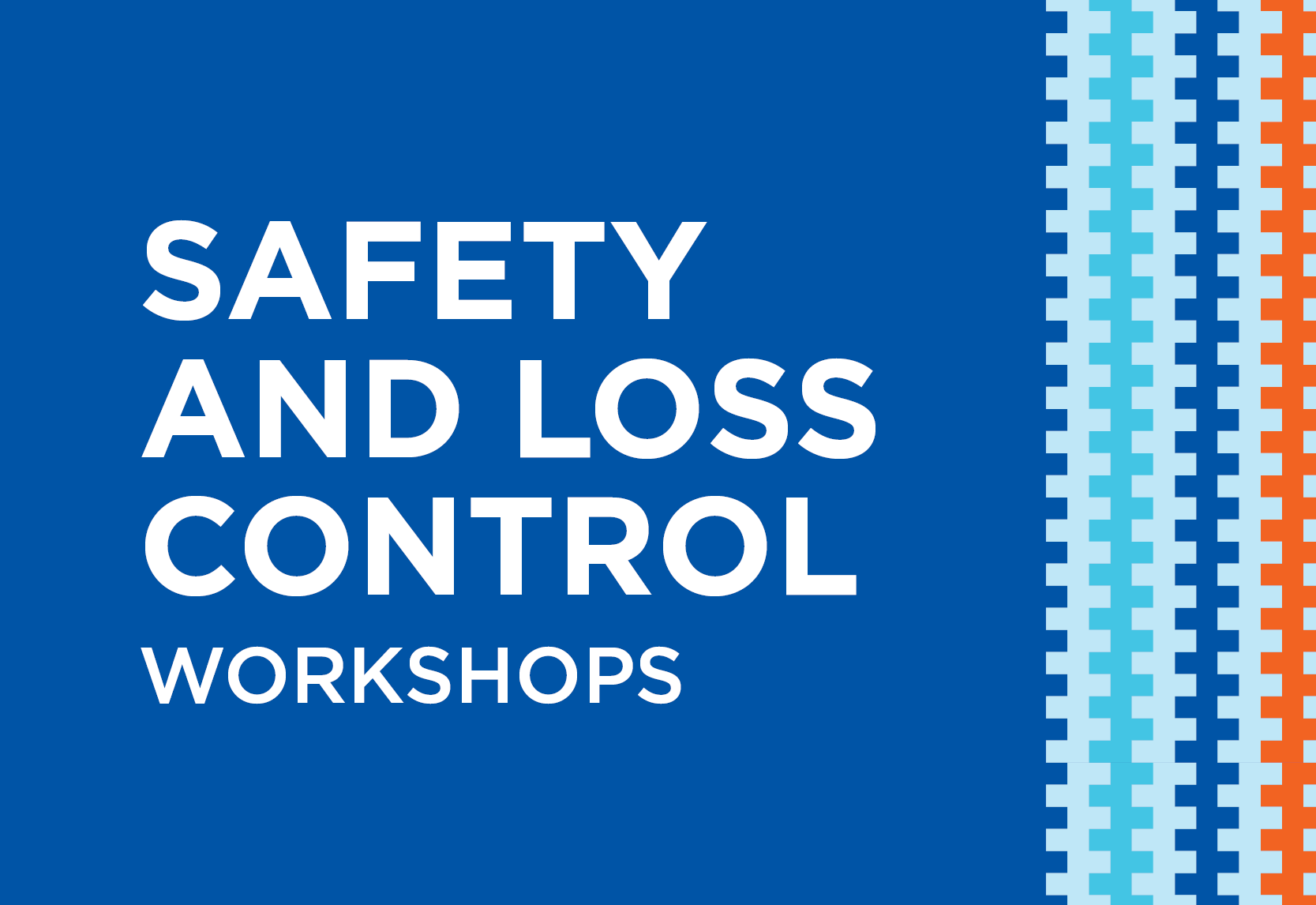Emergency vehicle operations are an integral part of law enforcement’s commitment to public safety. Minnesota Statutes, section 626.8458, subdivision 1 states that law enforcement agencies shall make reasonable efforts to guide their officers in the safe and responsible performance of their emergency response duties. To that end, the Insurance Trust has created a model policy with content designed for the purposes of keeping agencies’ officers safe, minimizing operational liability, and fulfilling this statutory obligation.
Download the model policy, “Law Enforcement Emergency Vehicle Operations” (doc)
The Emergency Vehicle Operations model policy addresses:
- The purpose of the policy.
- When officers are expected to use their sound professional judgment in the operation of emergency vehicles.
- When officers should discontinue an emergency response.
- What vehicle equipment must be activated when operating in emergency status.
- Exemptions that exist for emergency vehicles under Minnesota’s traffic code.
- Training requirements.
The policy developed by the Trust does not encompass the mandatory statewide policy governing the conduct of peace officers who are in pursuit of a vehicle that is being operated by someone who is fleeing a police officer. Agencies can find a model policy and more information about that requirement through the Board of Peace Officer Standards and Training (POST).
It is recommended law enforcement agencies consider adopting a law enforcement emergency vehicle operations policy, like the one created by the Trust, in addition to the vehicle pursuits policy that is required by law. Officers are also mandated to train in emergency vehicle operations and in the conduct of police pursuits, but only if the chief law enforcement officer determines the officer may be involved in a police pursuit given the officer’s responsibilities.

